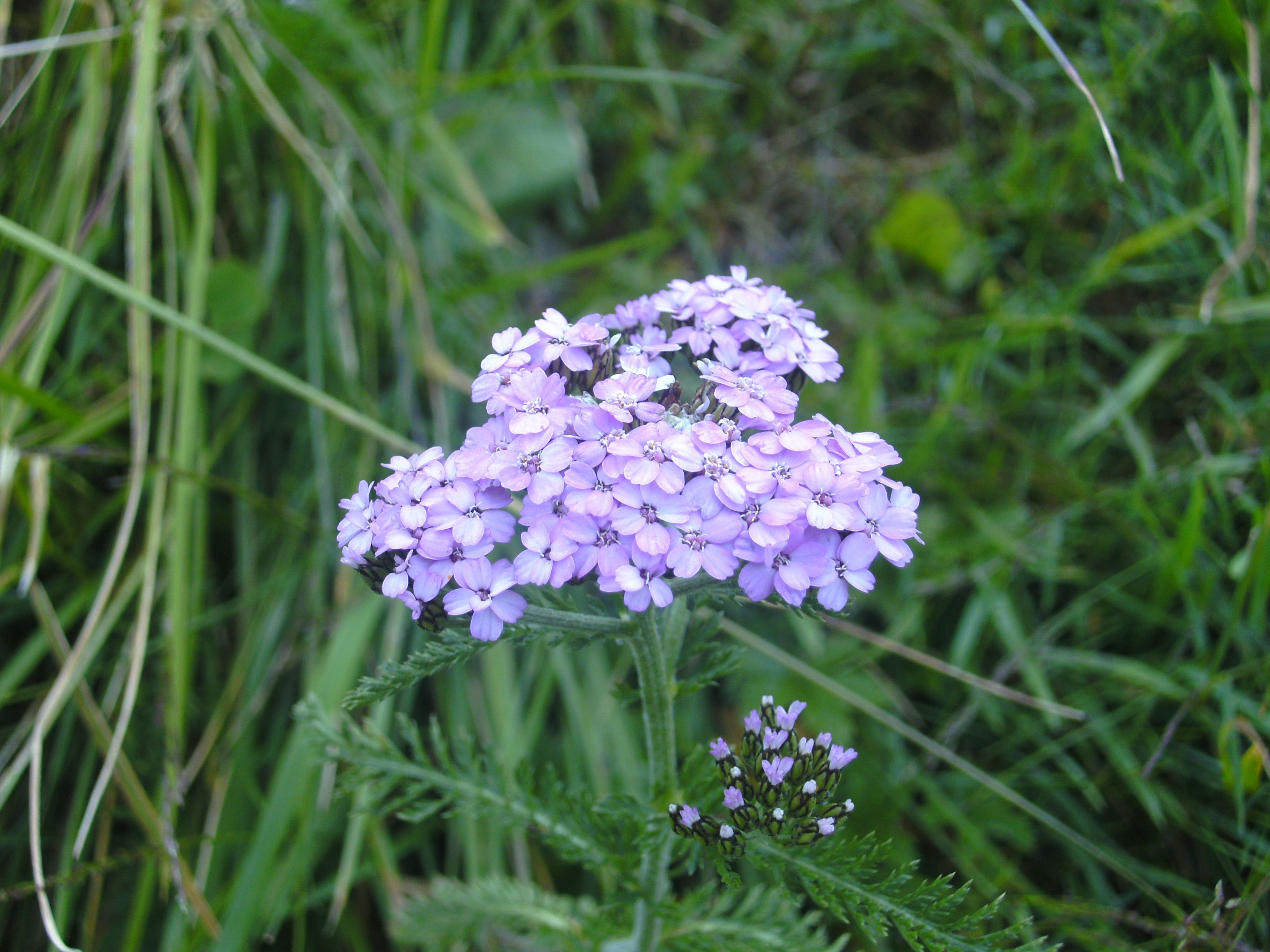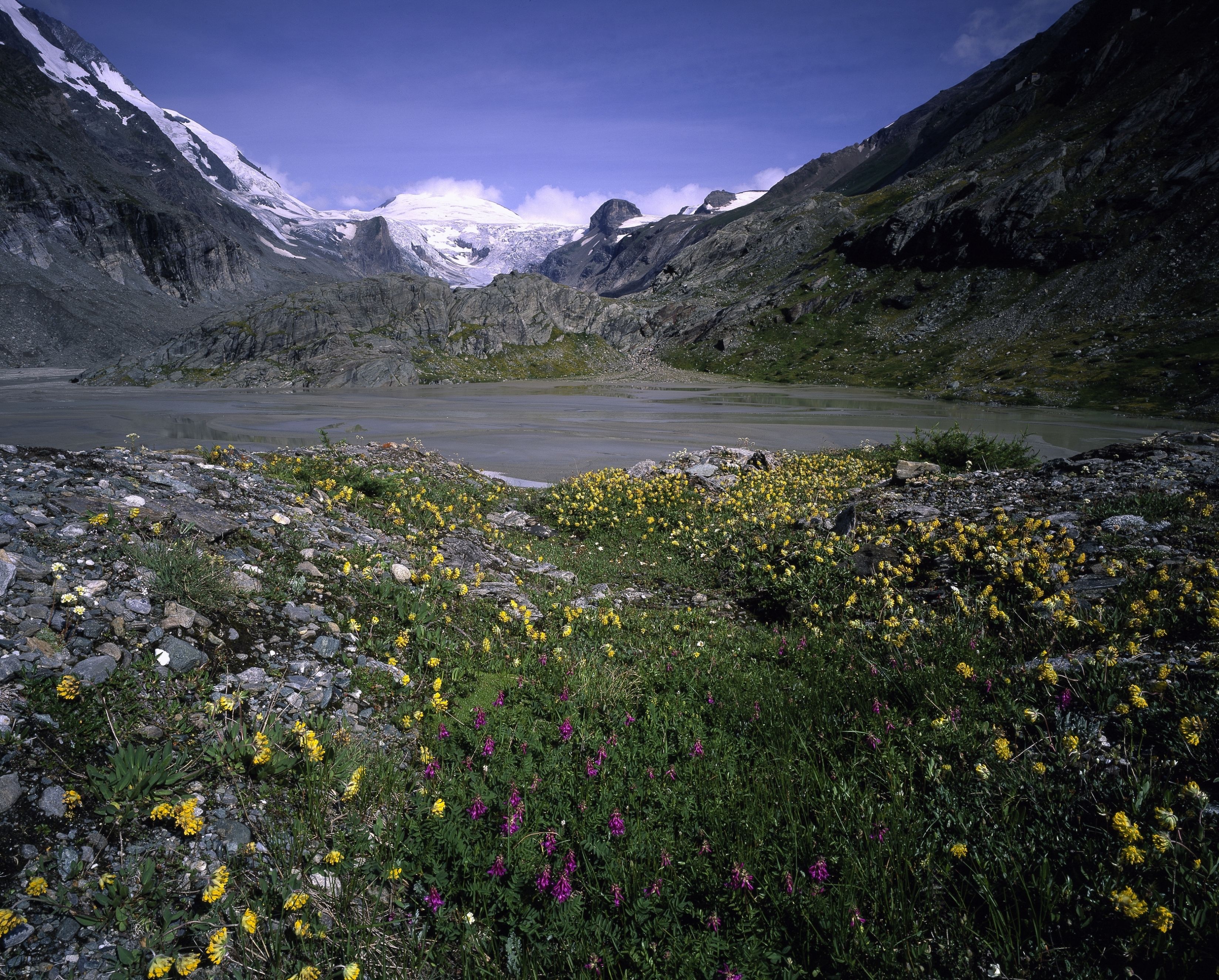
Adenostyles belongs to the asteraceae family and has quite a few flowers. It is a very tough, undemanding plant that can be found up to an altitude of 3,000 metres.
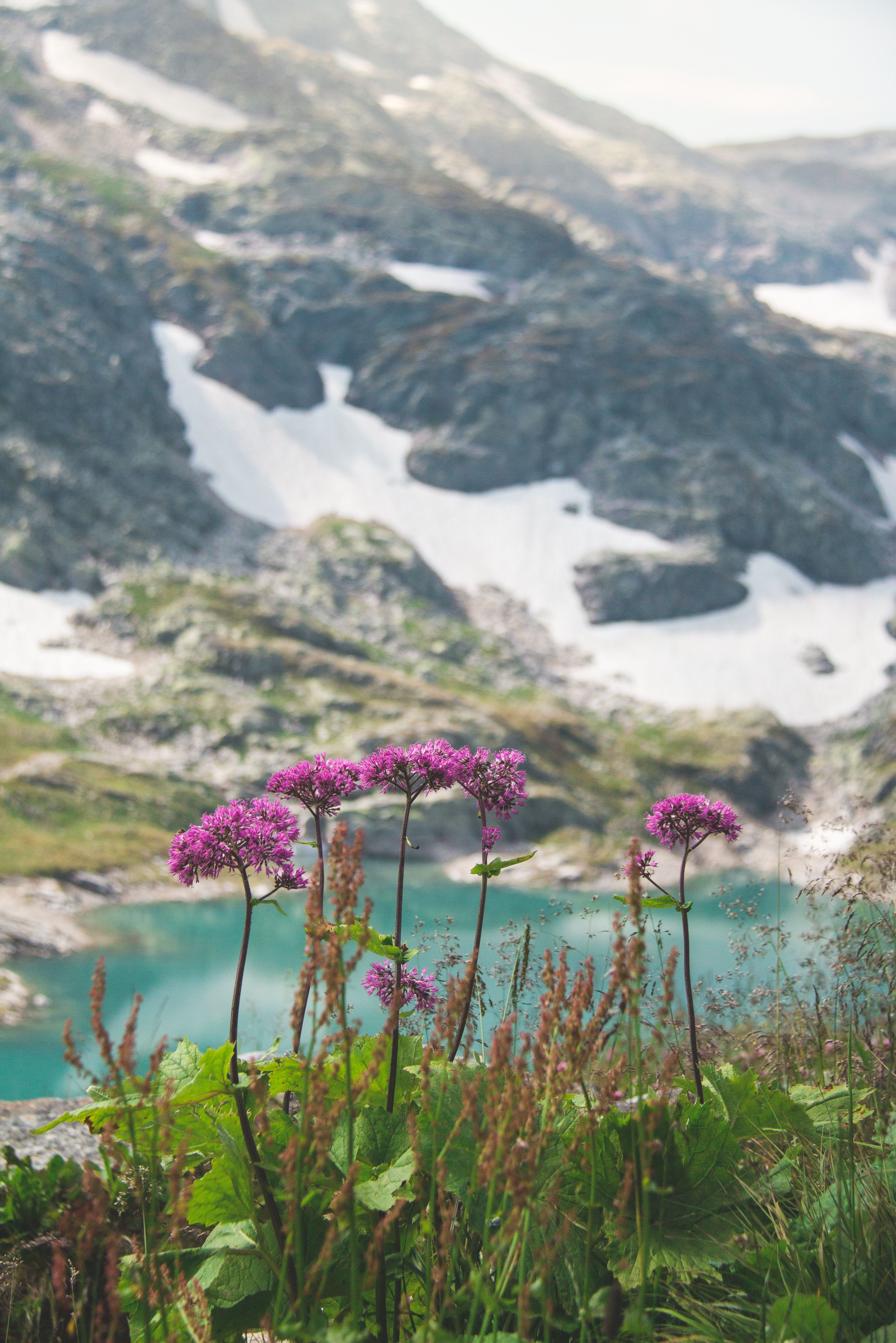
Arnica belongs to the daisy family and is highly valued as a medicinal plant. Arnica is a protected plant.
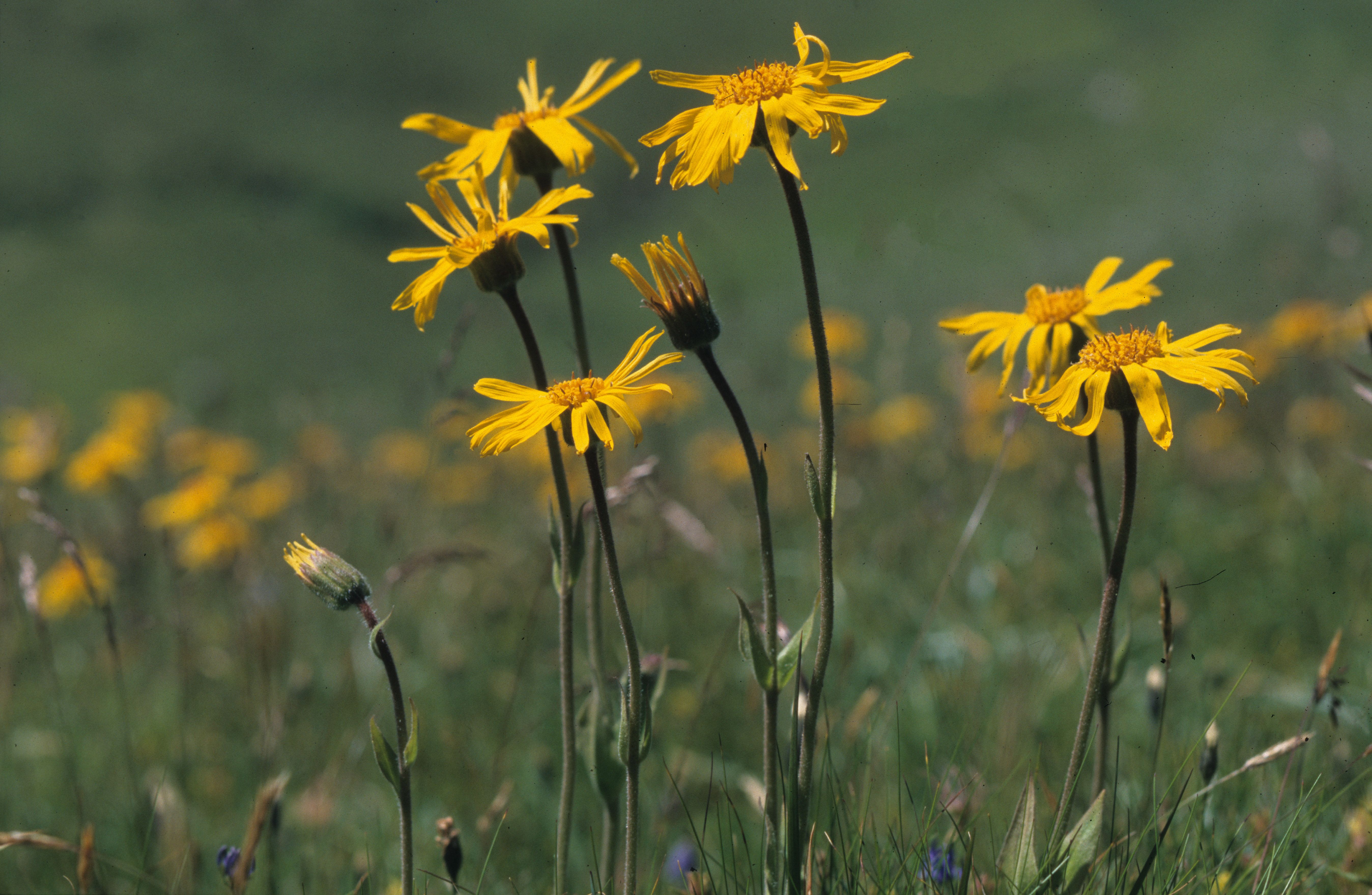
This species from the gentian family has smaller flowers and has no rosette of leaves at the end of the flower stalk. It grows in damp meadows and also on rocky, chalky ground. Found from 1,500 to 2,500 metres.

Monkshood is often found in alpine meadows. It needs nutrient-rich soil and thrives best at an altitude of around 2,300 metres.
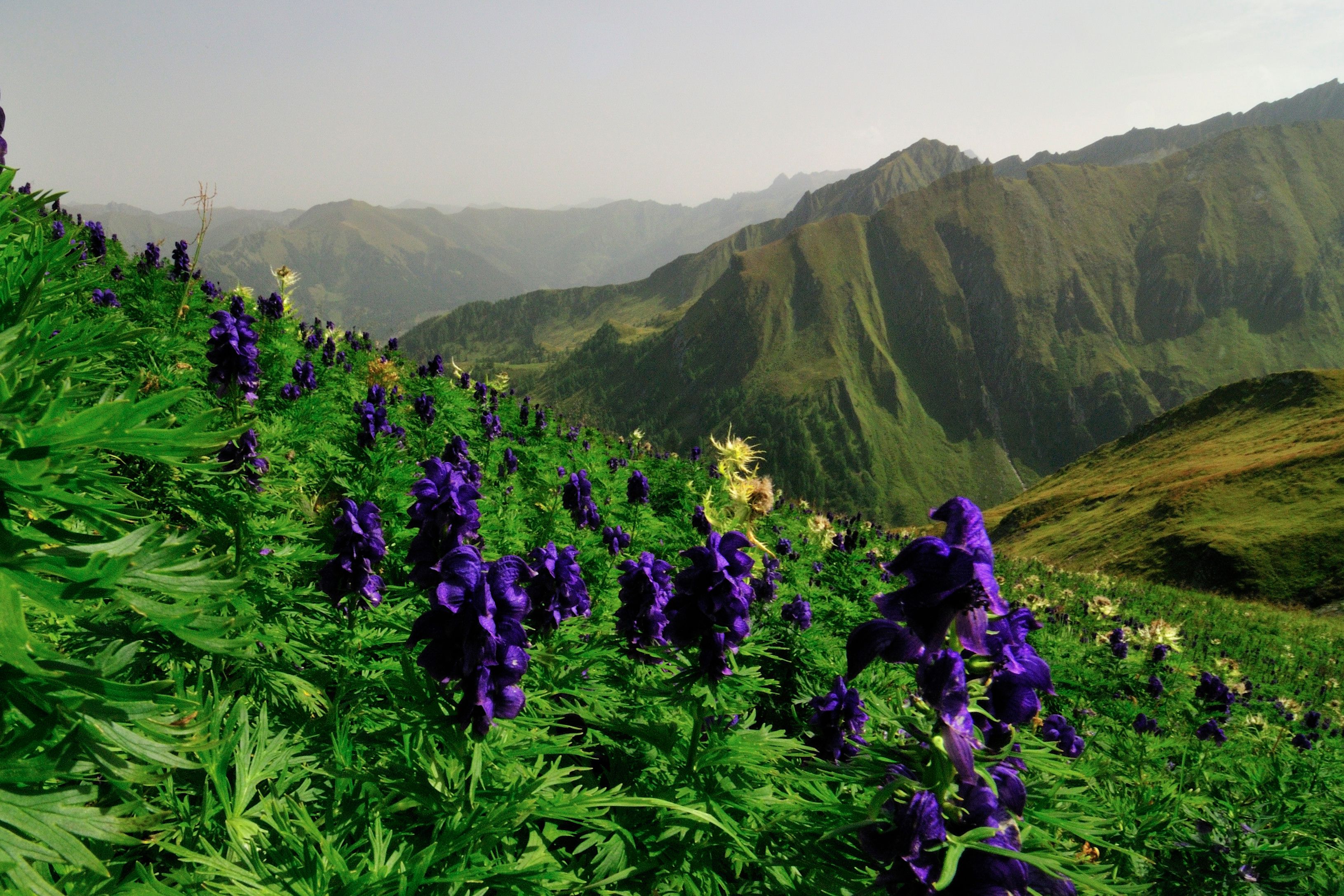
Belongs to the orchid family and flowers in June and July up to an altitude of over 2,000 metres.
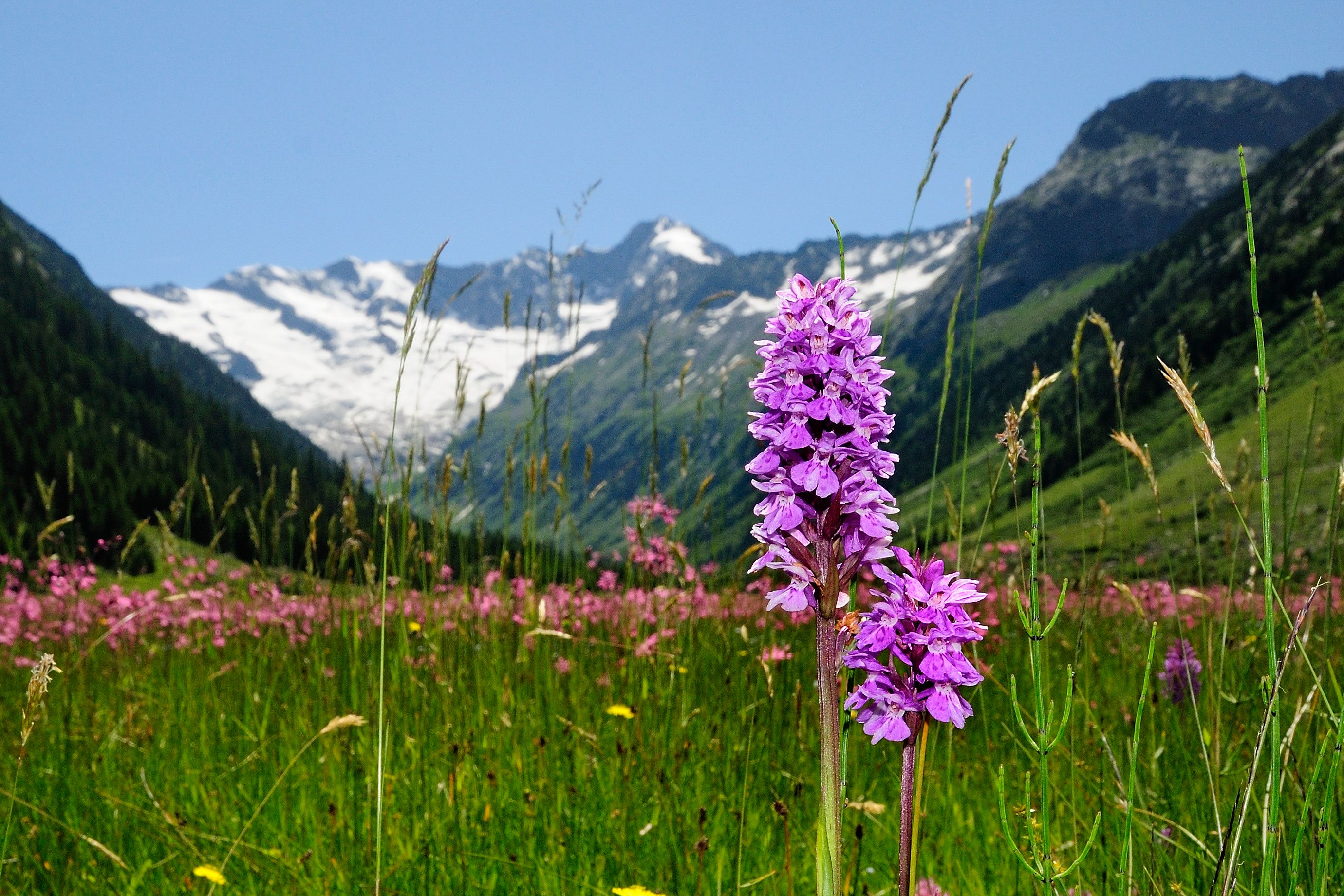
Famous around the world, edelweiss is a typical Alpine plant. It is rarely found, and when it is, it is found at an altitude of 1,500 to over 3,000 metres. It likes stony ground and is strictly protected.
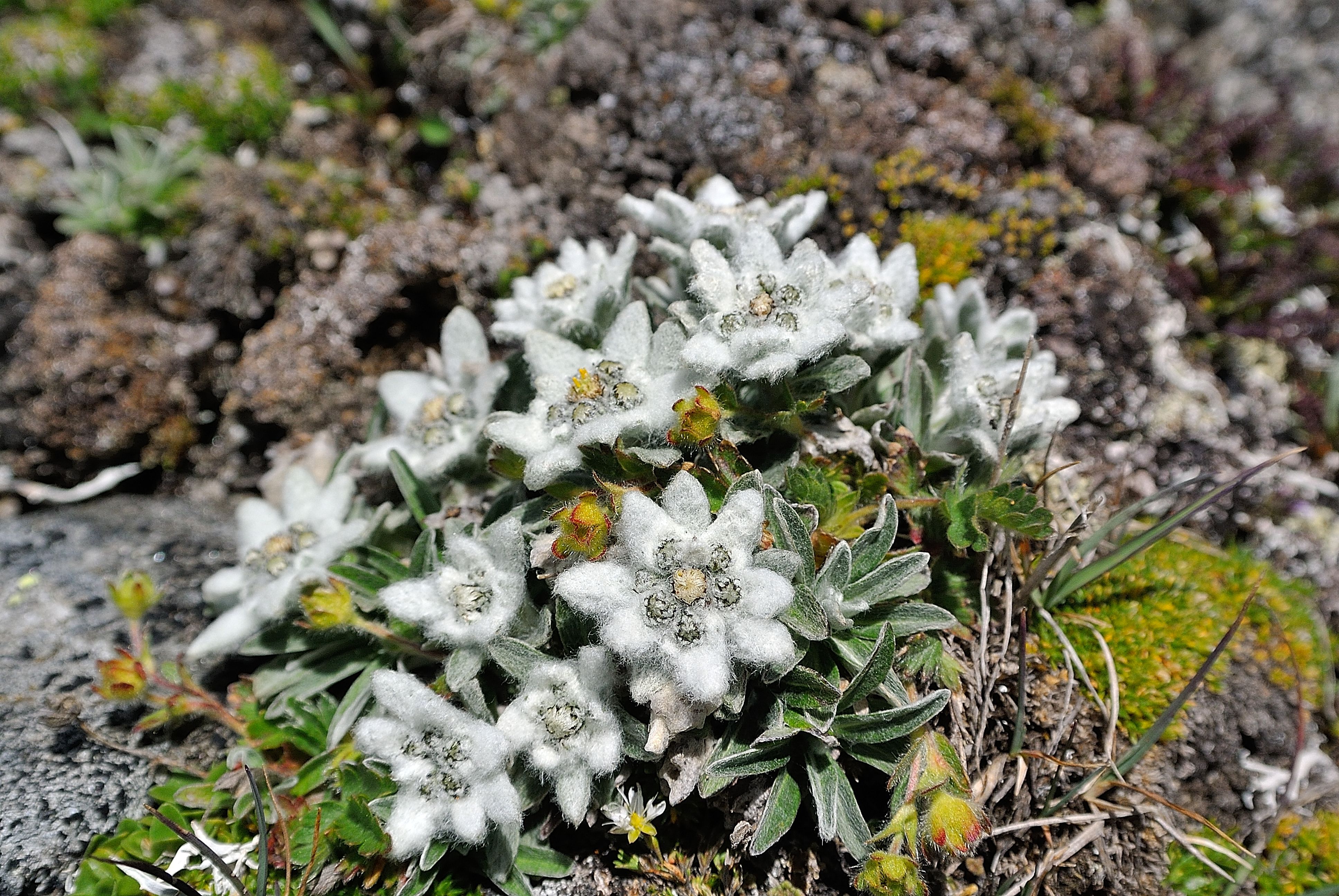
Flowers from June to October. Can be found on pastures and mountain meadows up to 2,000 metres.
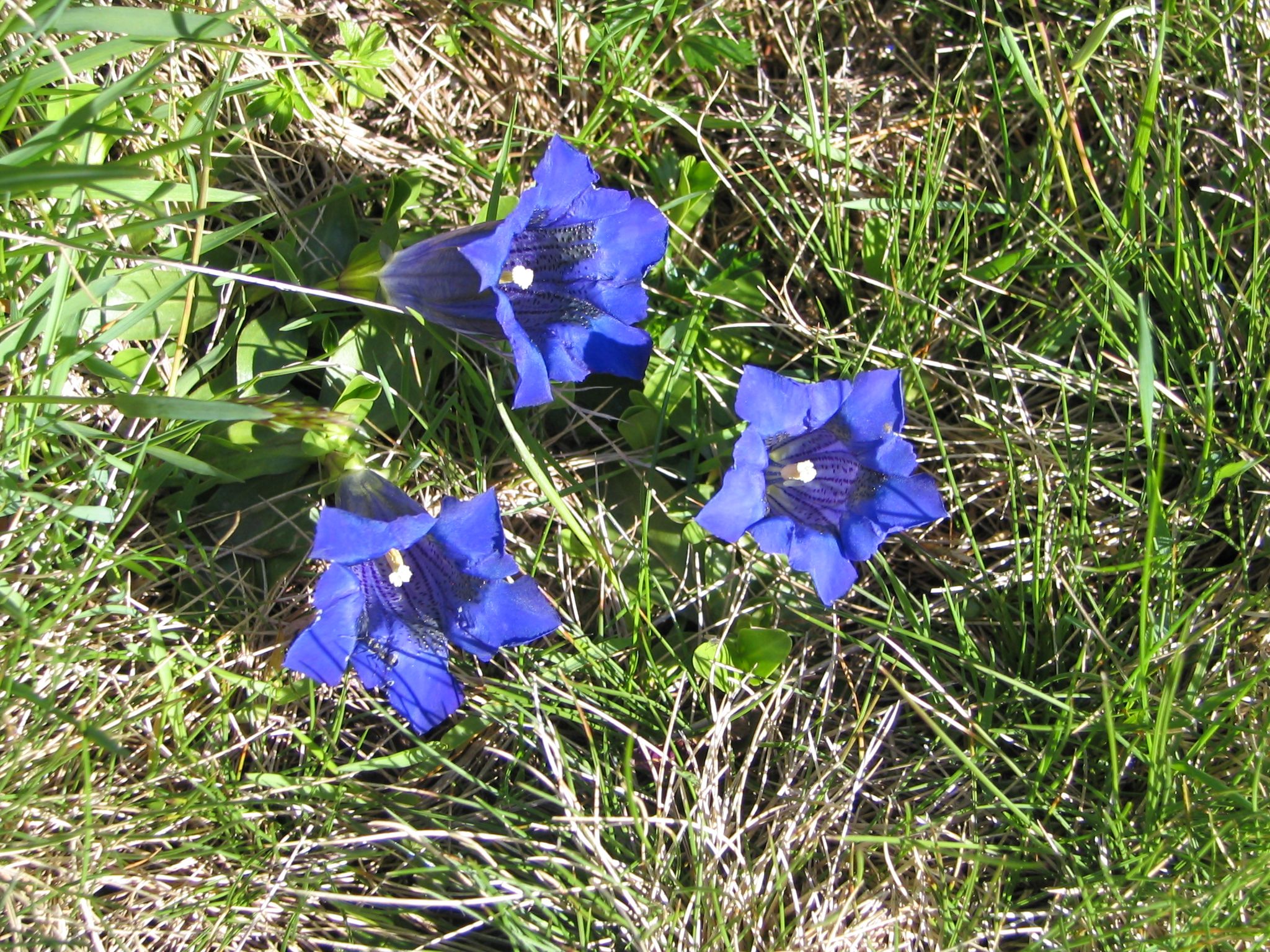
Wolf's bane belongs to the buttercup family and likes nutrient-rich soil, preferably near streams and rivers. Found at up to 2,300 metres, the blue version is also particularly common.
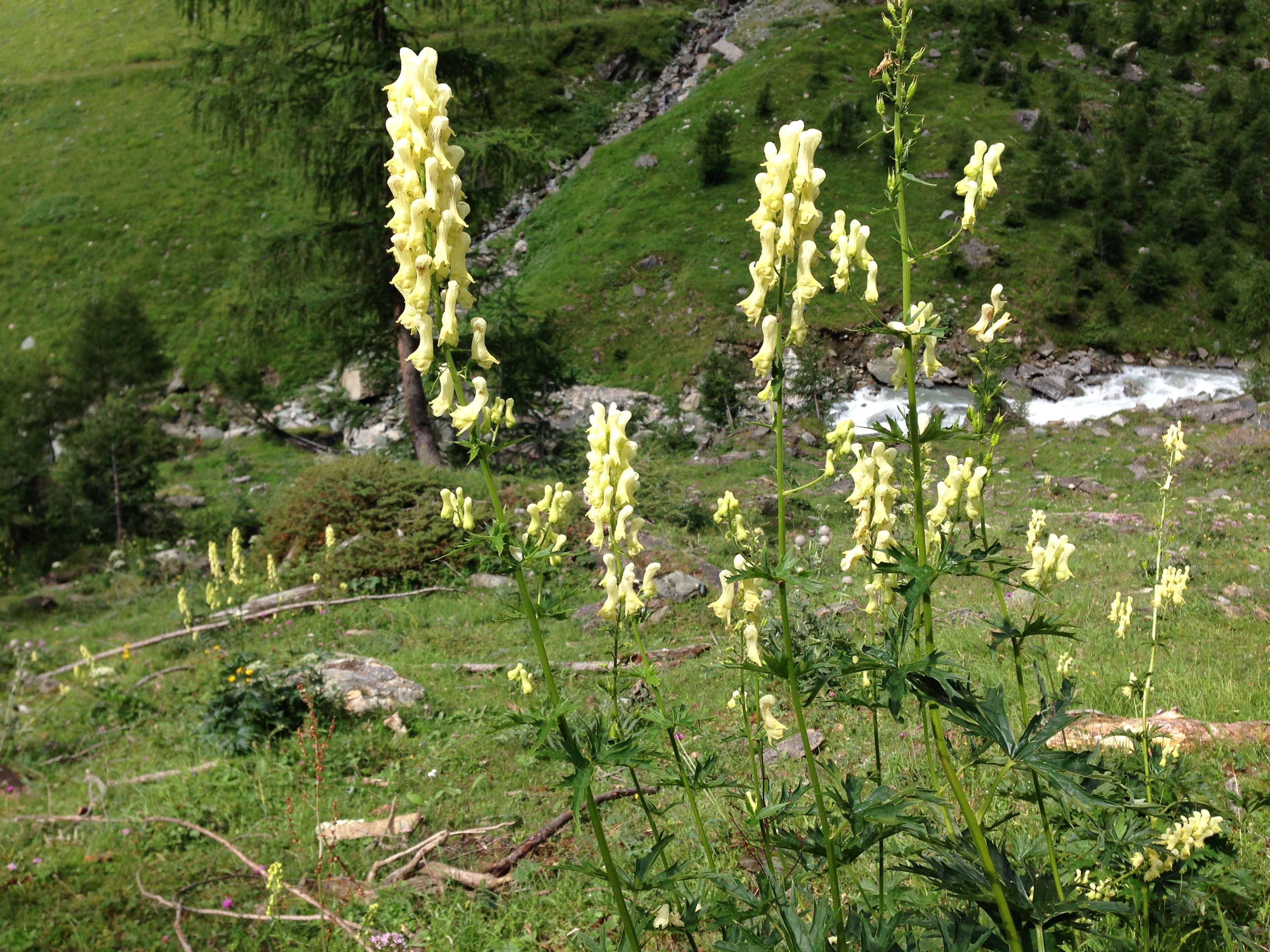
Always beautiful, even if they are very common at altitudes between 1,500 and 2,800 metres. Flowering time: July-August. The bellflower prefers acidic soils.
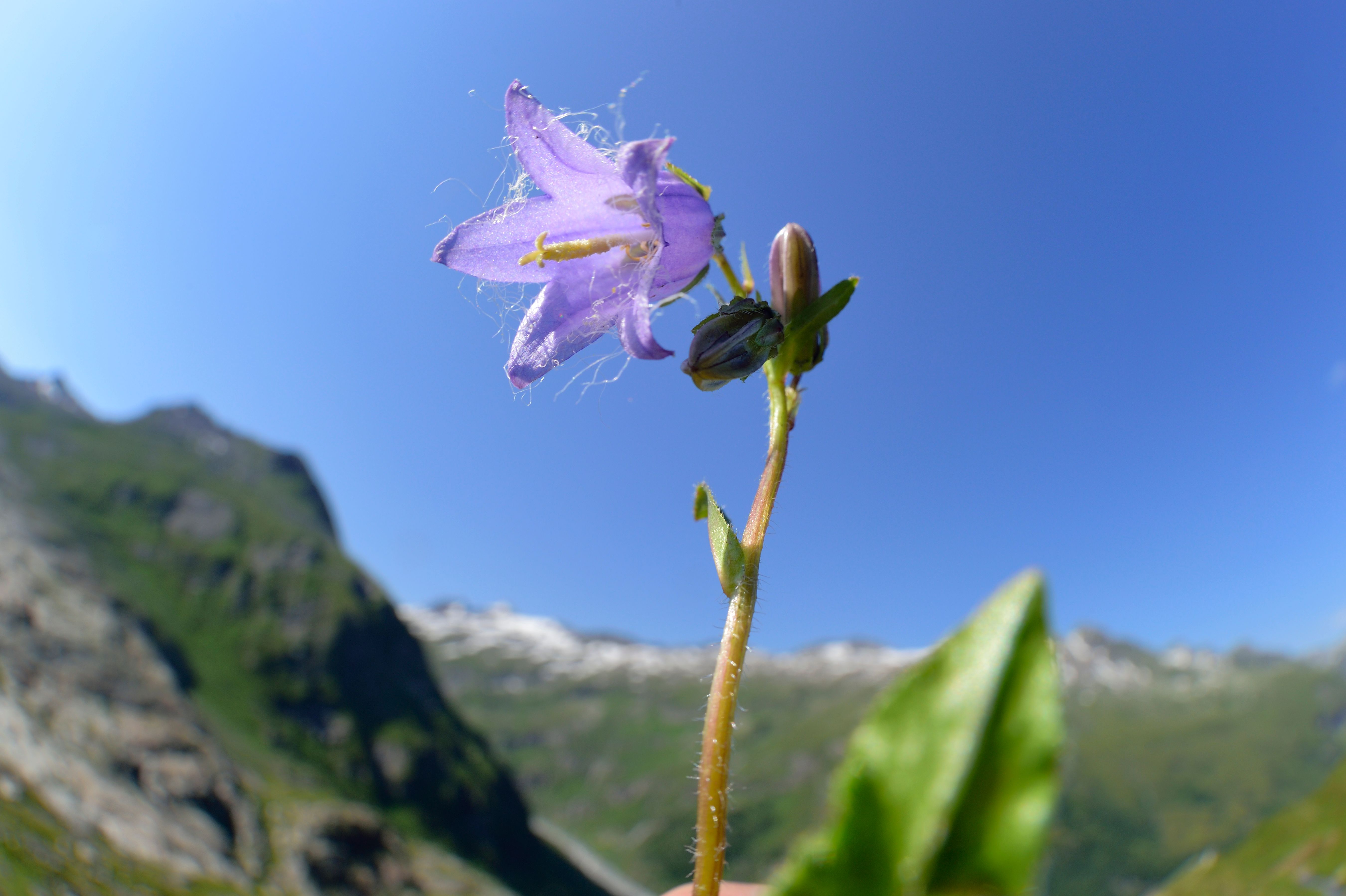
For me, this is the classic among the many gentian plants. Grows on poor meadows and stony ground and flowers until August.
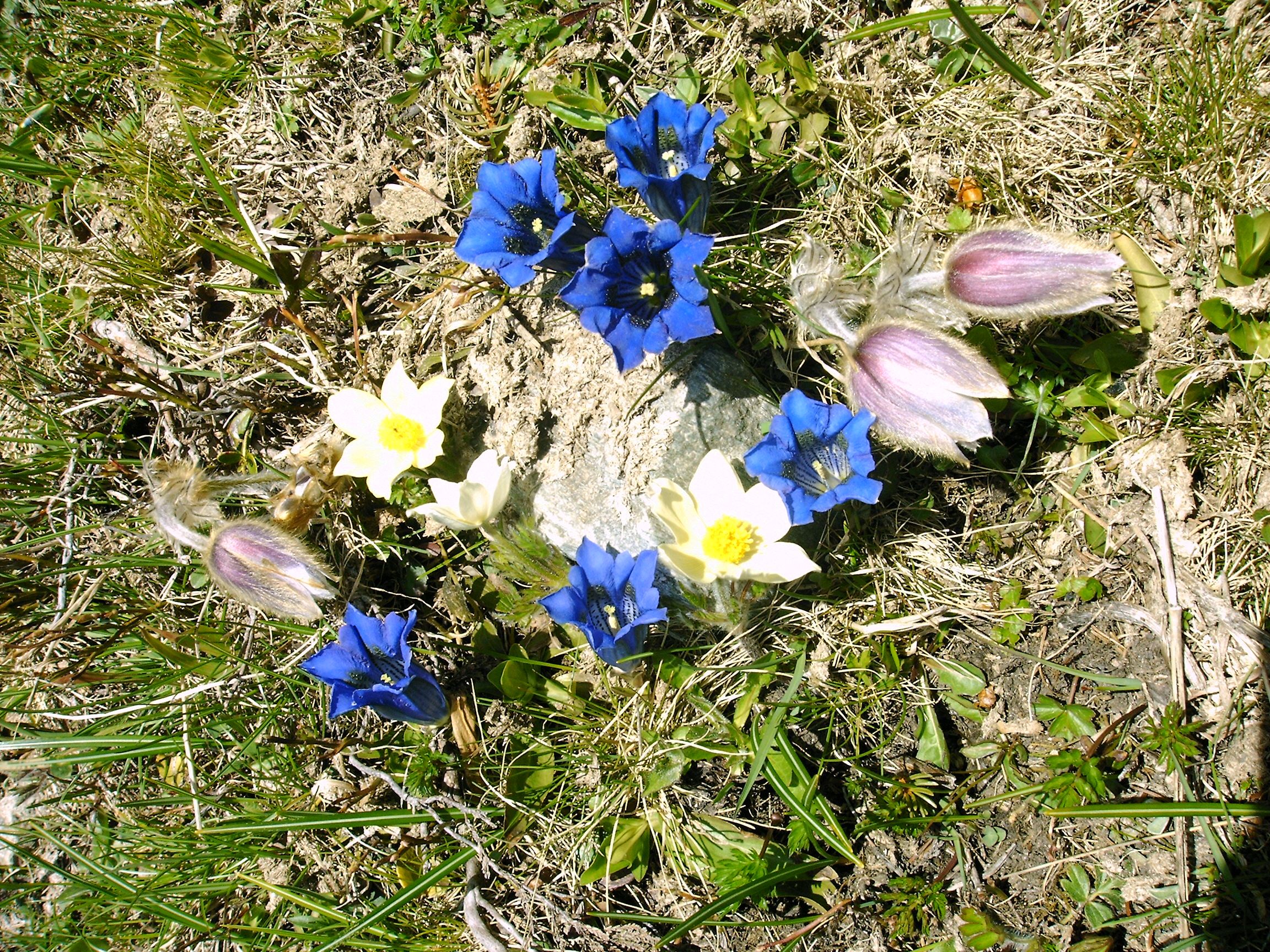
The golden pippau likes damp meadows from 1,200 to over 2,800 metres and flowers until September.
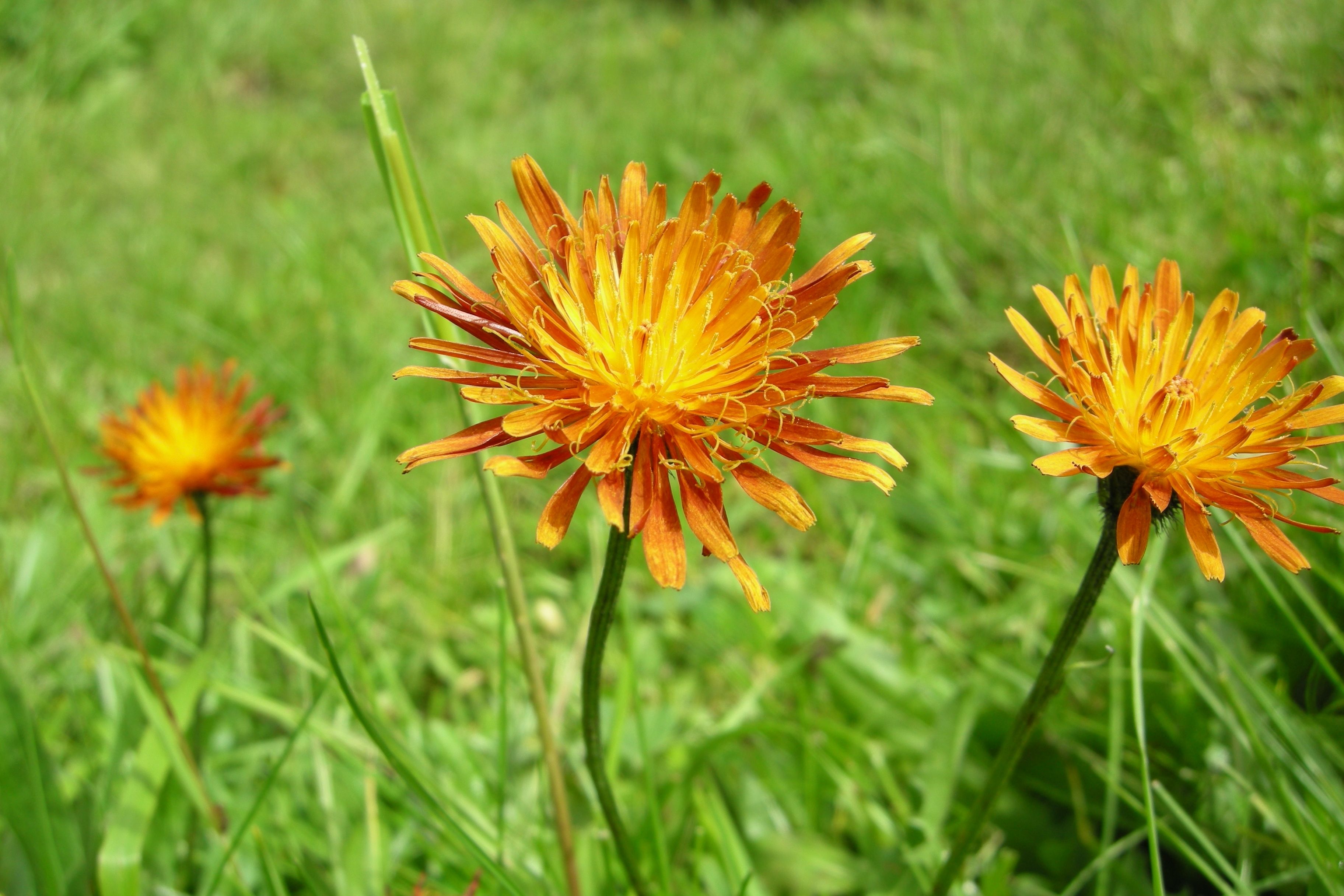
The picture shows it shortly before it is ready to flower - a typical dry plant that belongs to the buttercup family.
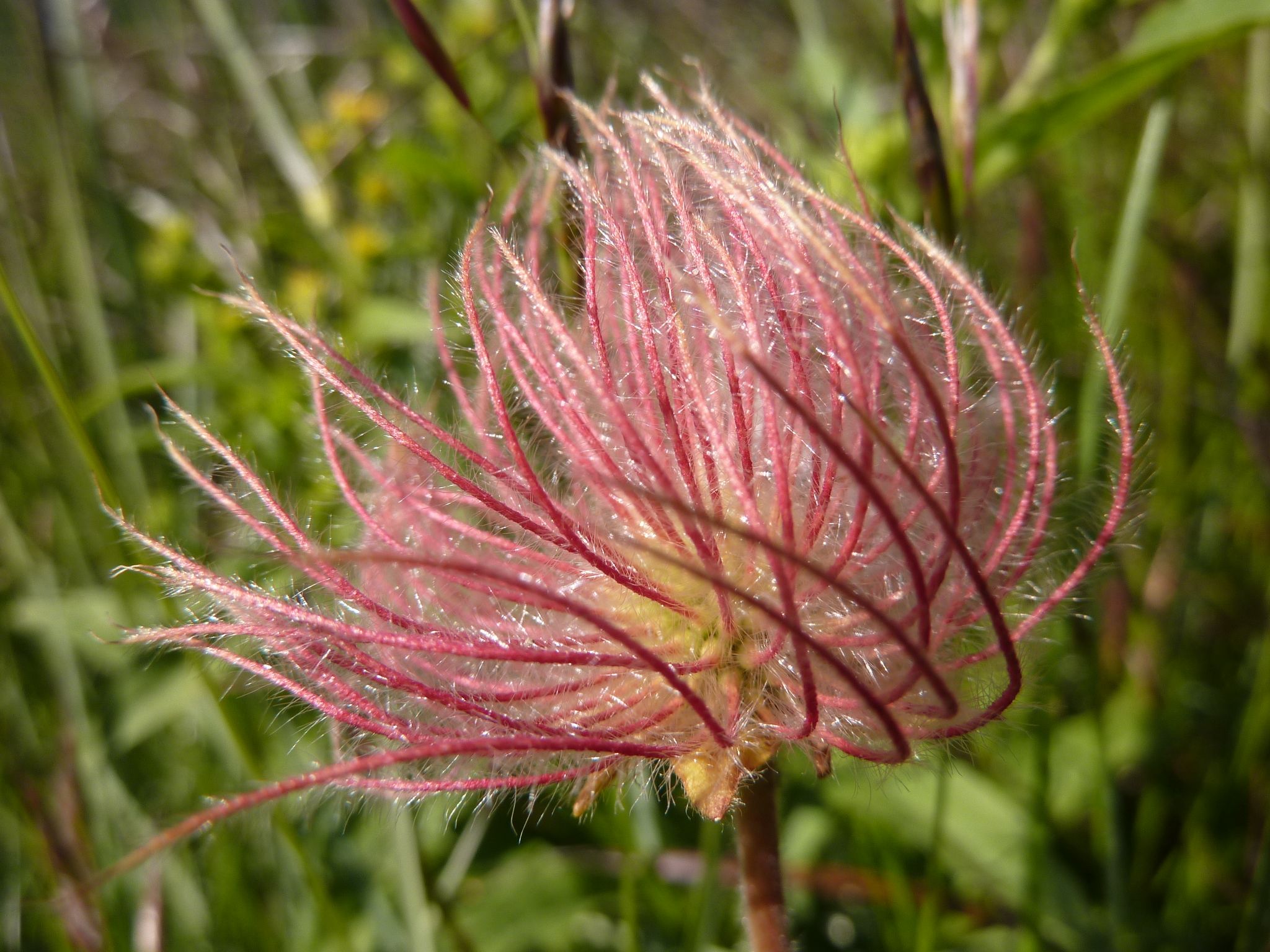
Cuckoo flower is a member of the carnation family (also known as pigeonweed), prefers barren locations and flowers from June to September.
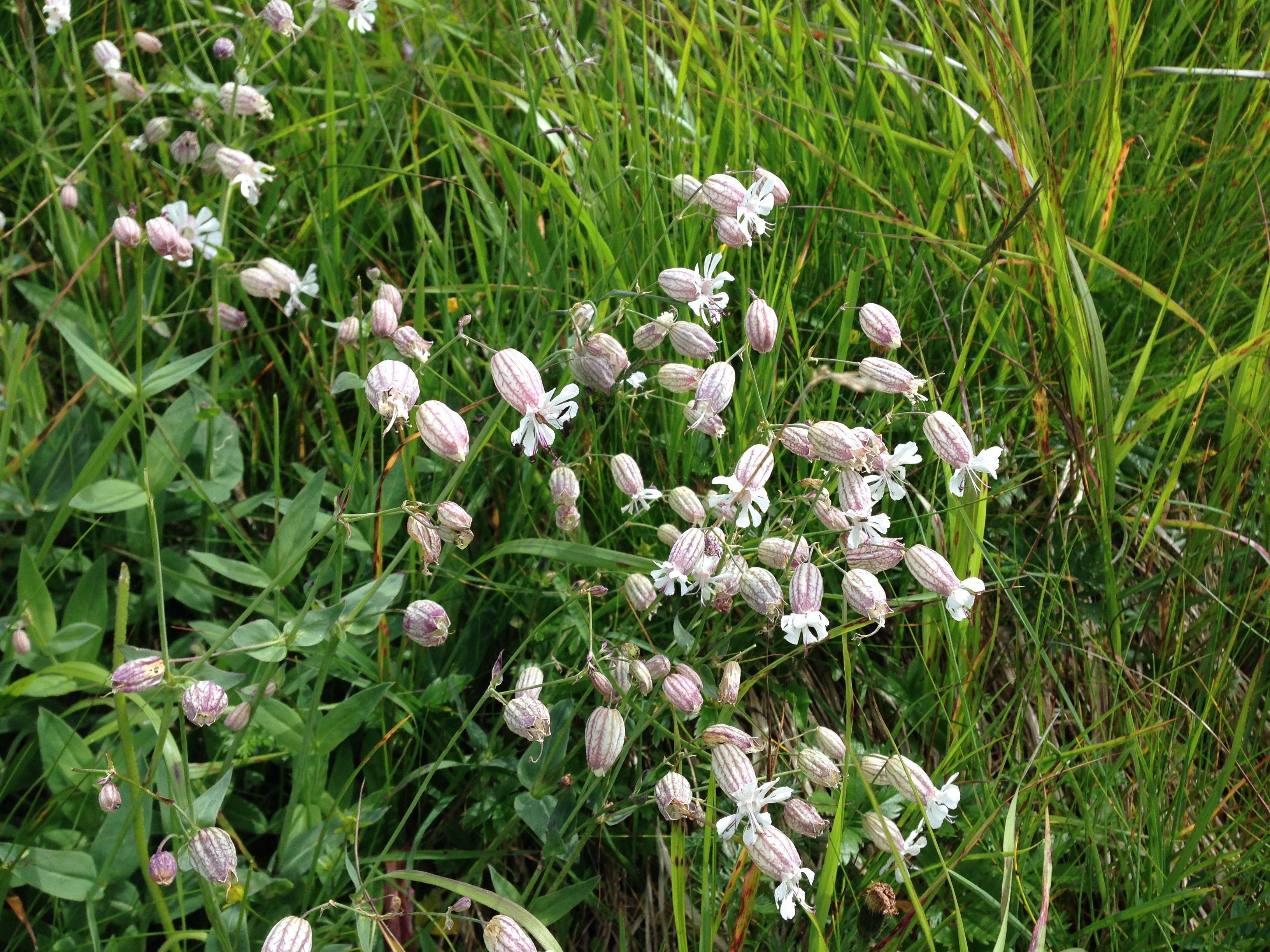
The species is usually found at altitudes of 1,900 to 2,700 metres on moist soils with a low lime content.
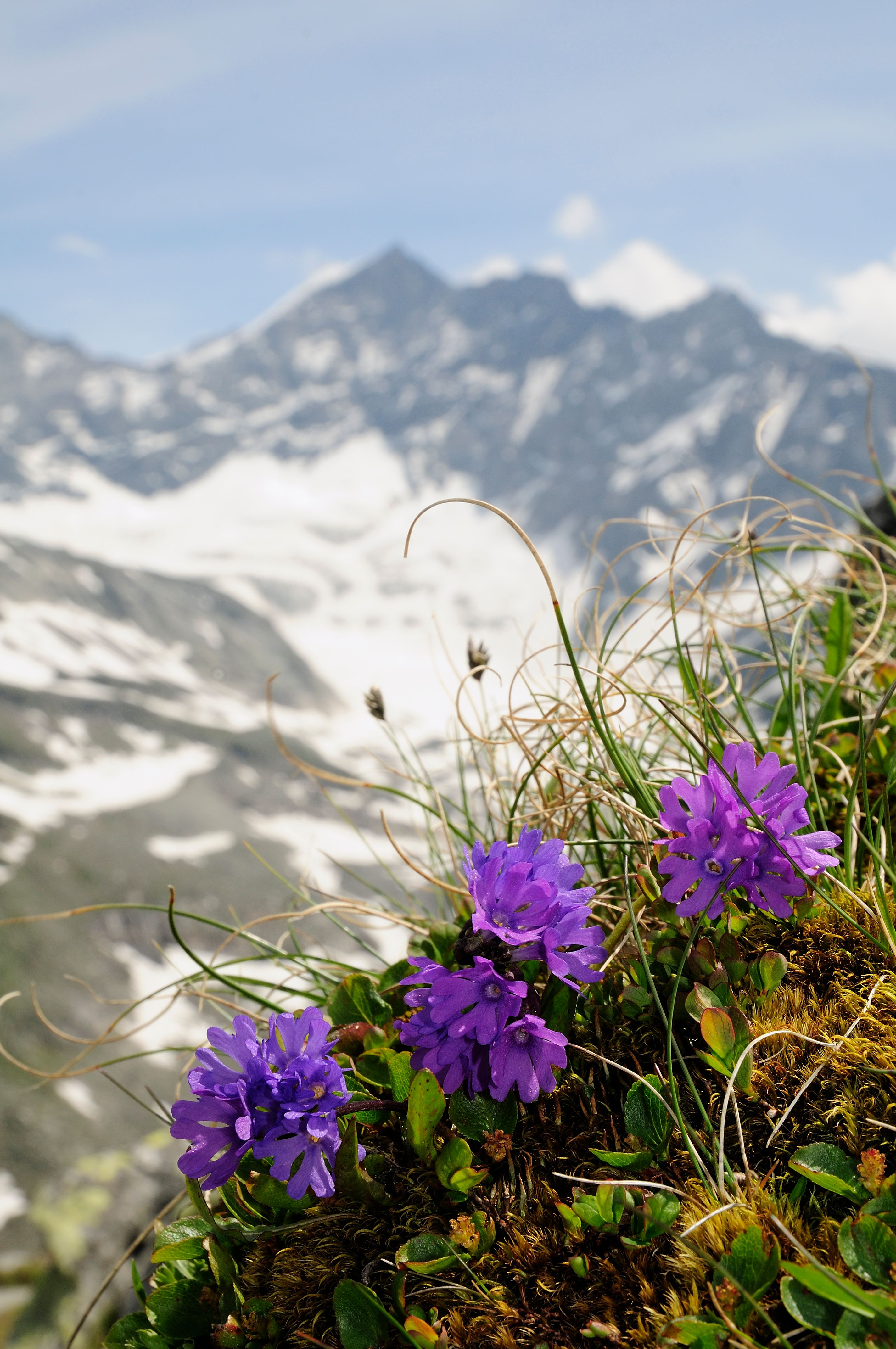
This is a species of orchid that thrives best on lean, calcareous soils above 1,500 metres. The plant is very rare.
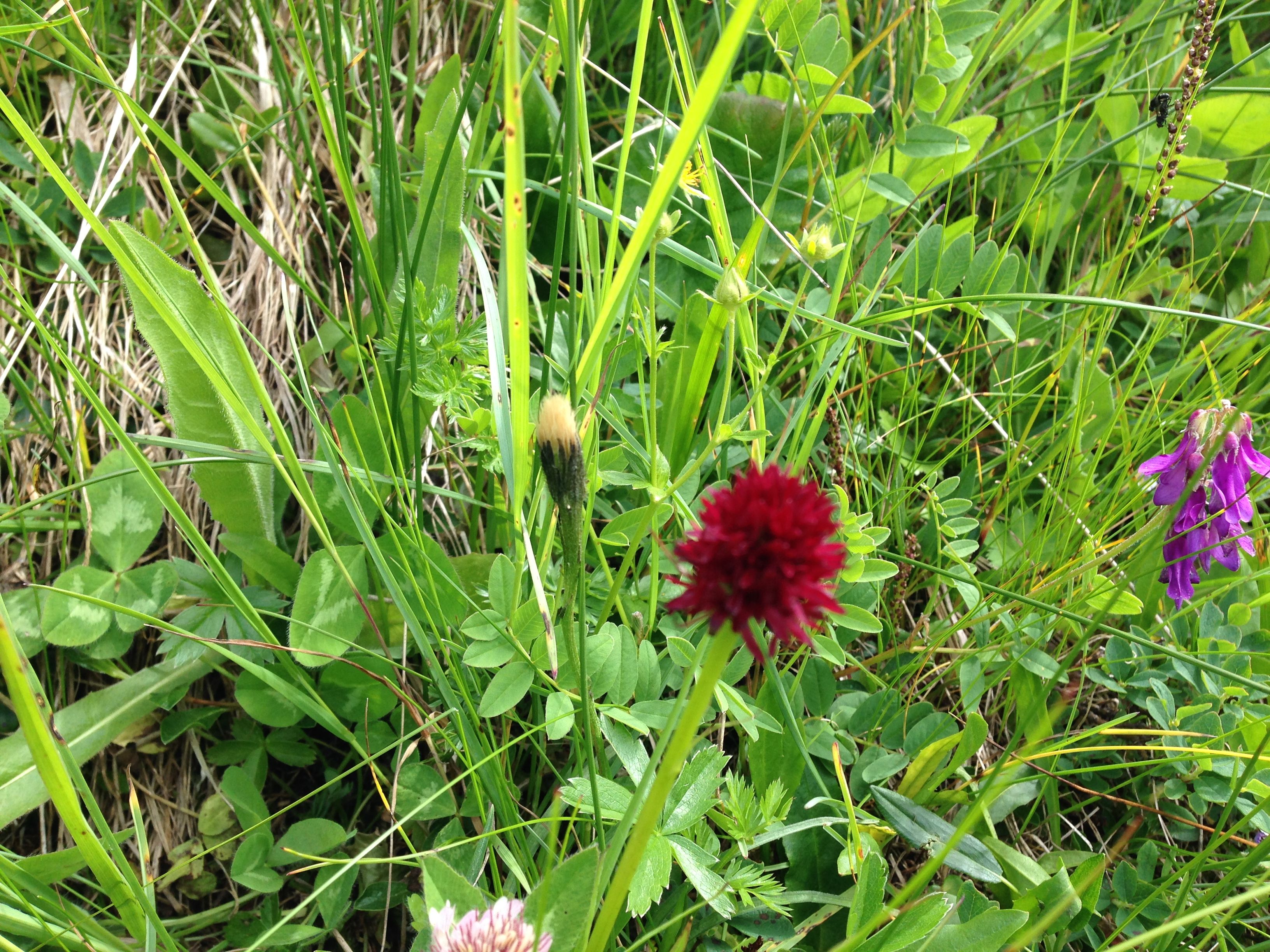
Also known as black-violet columbine. Belongs to the buttercup family and is found at altitudes of up to 2,000 metres.
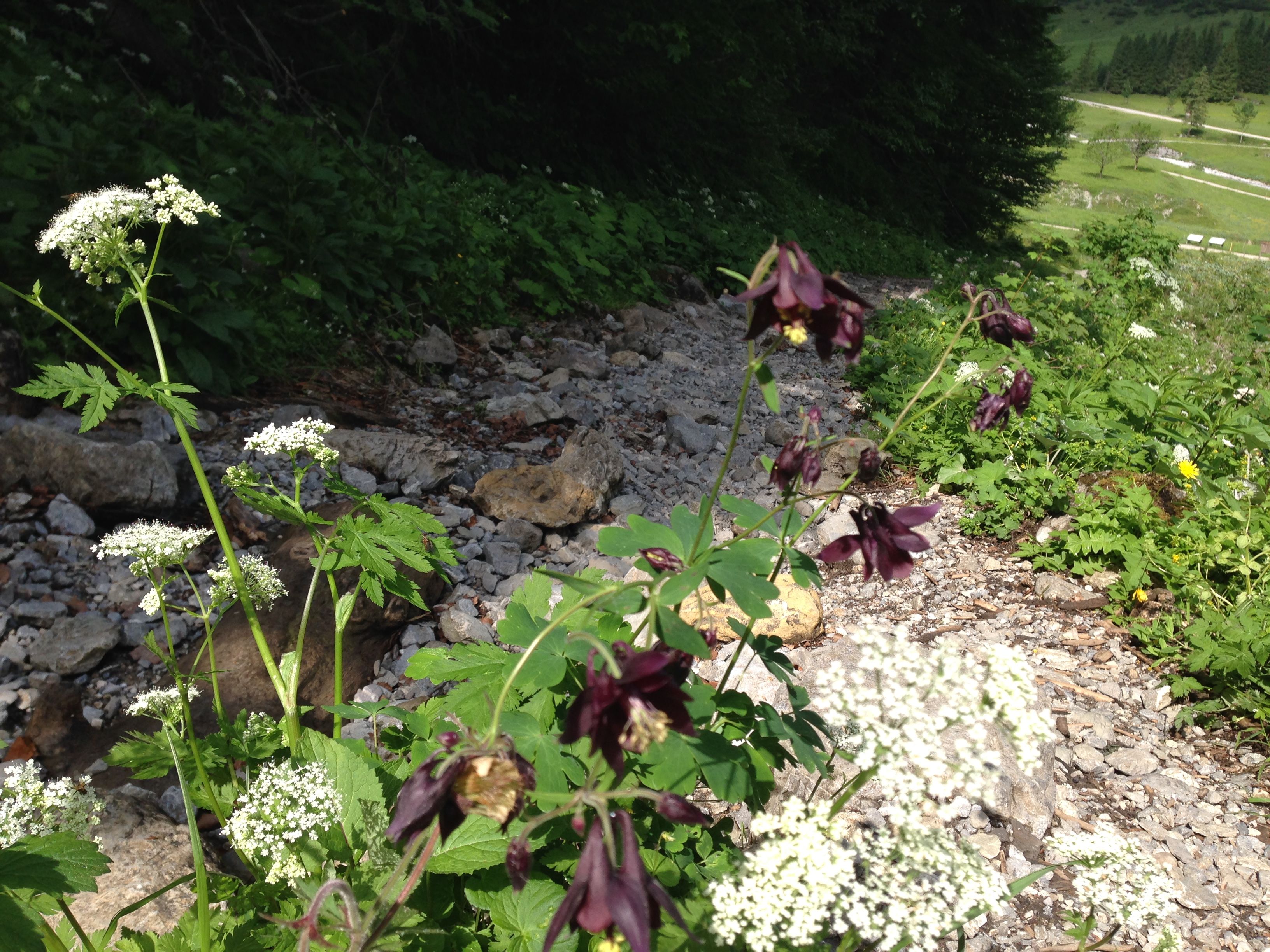
This plant needs lime-rich soils and is usually found on lean or stony areas up to 2,400 metres.
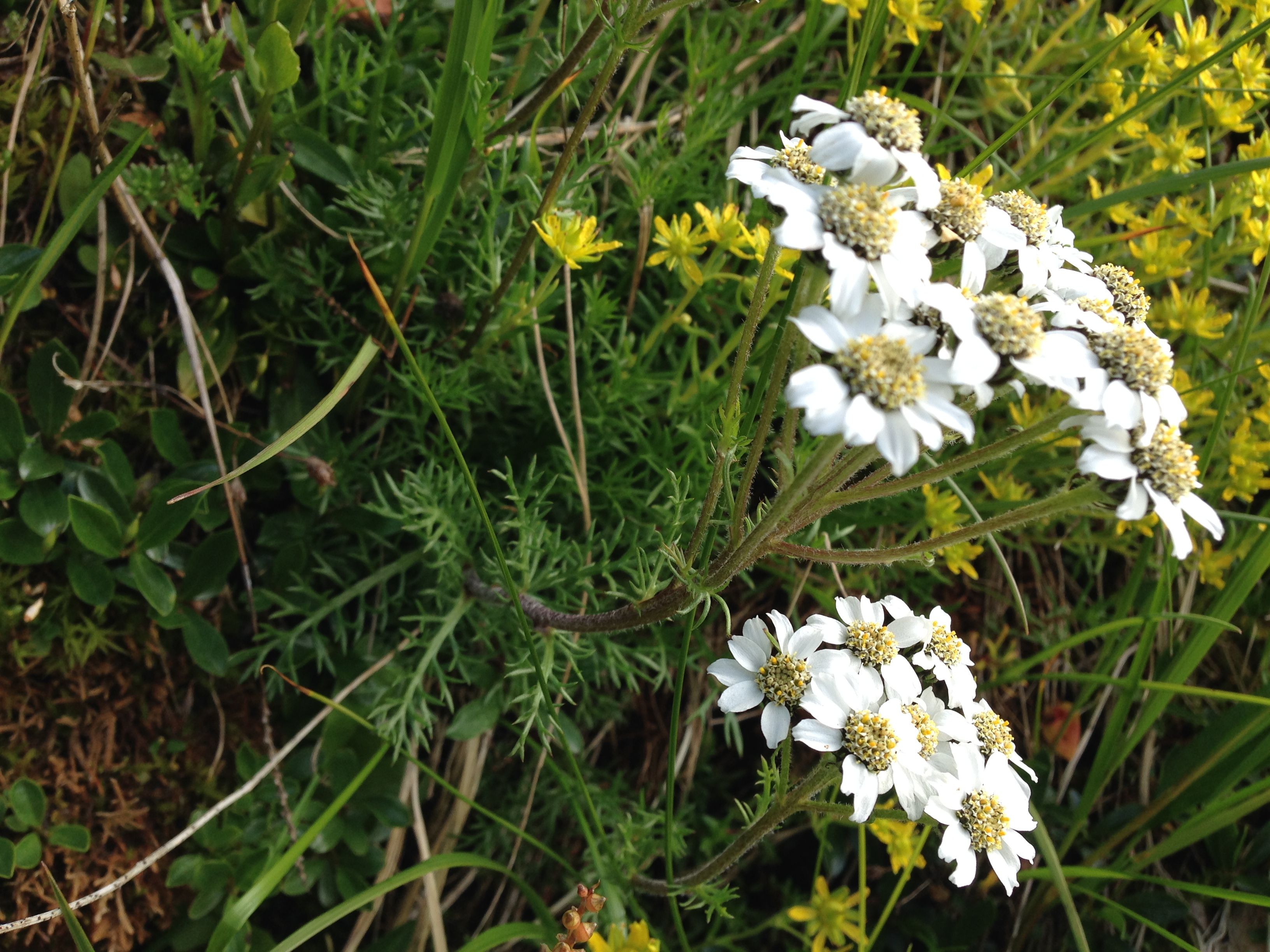
One of my favourite plants. It is also called Rapunzel and is found on lean alpine pastures.
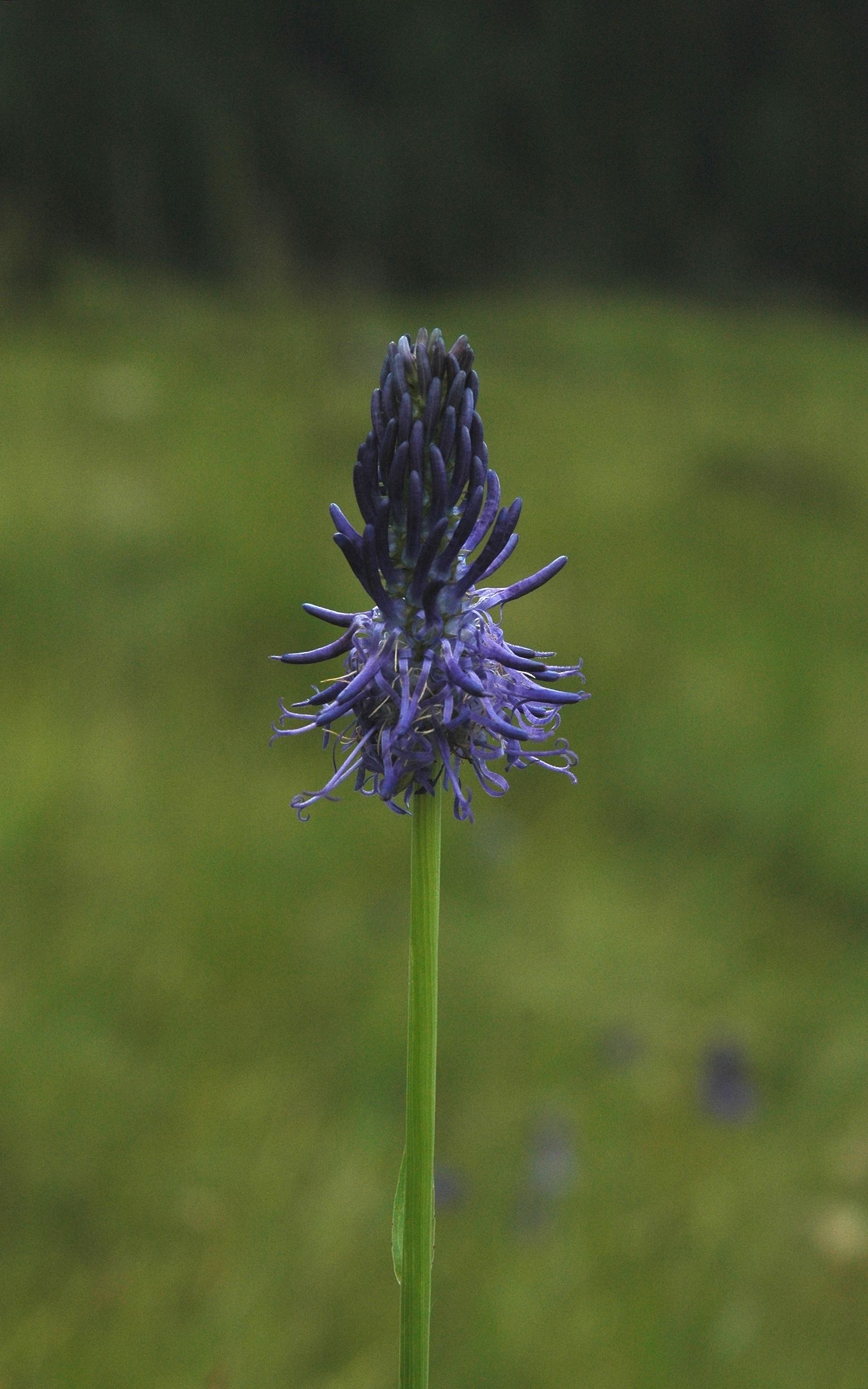
It belongs to the lily family, is a very tough plant and grows up to 150 cm high.
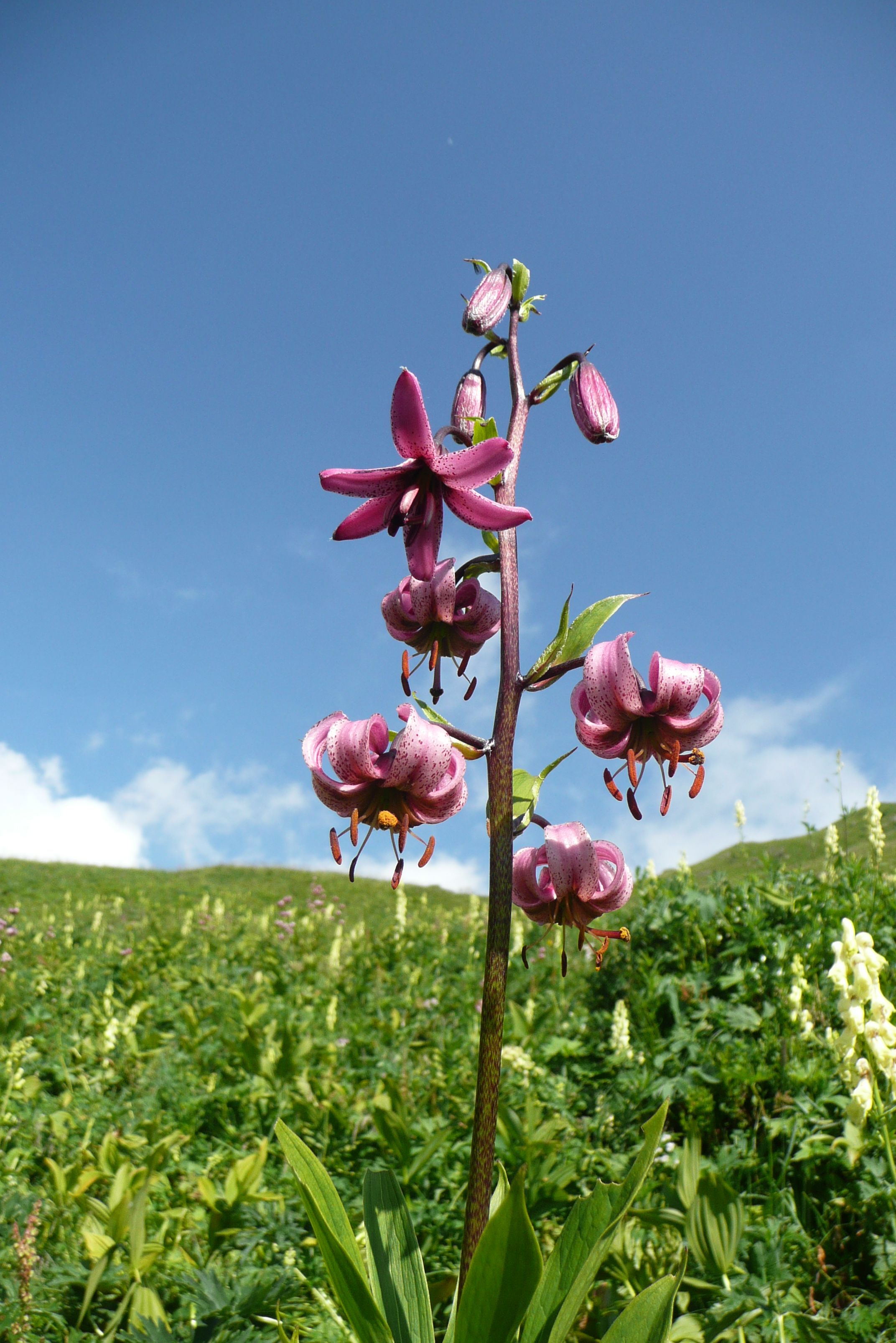
The globeflower prefers damp meadows and the edges of streams and can be found up to an altitude of 2,700 metres. It belongs to the buttercup family.
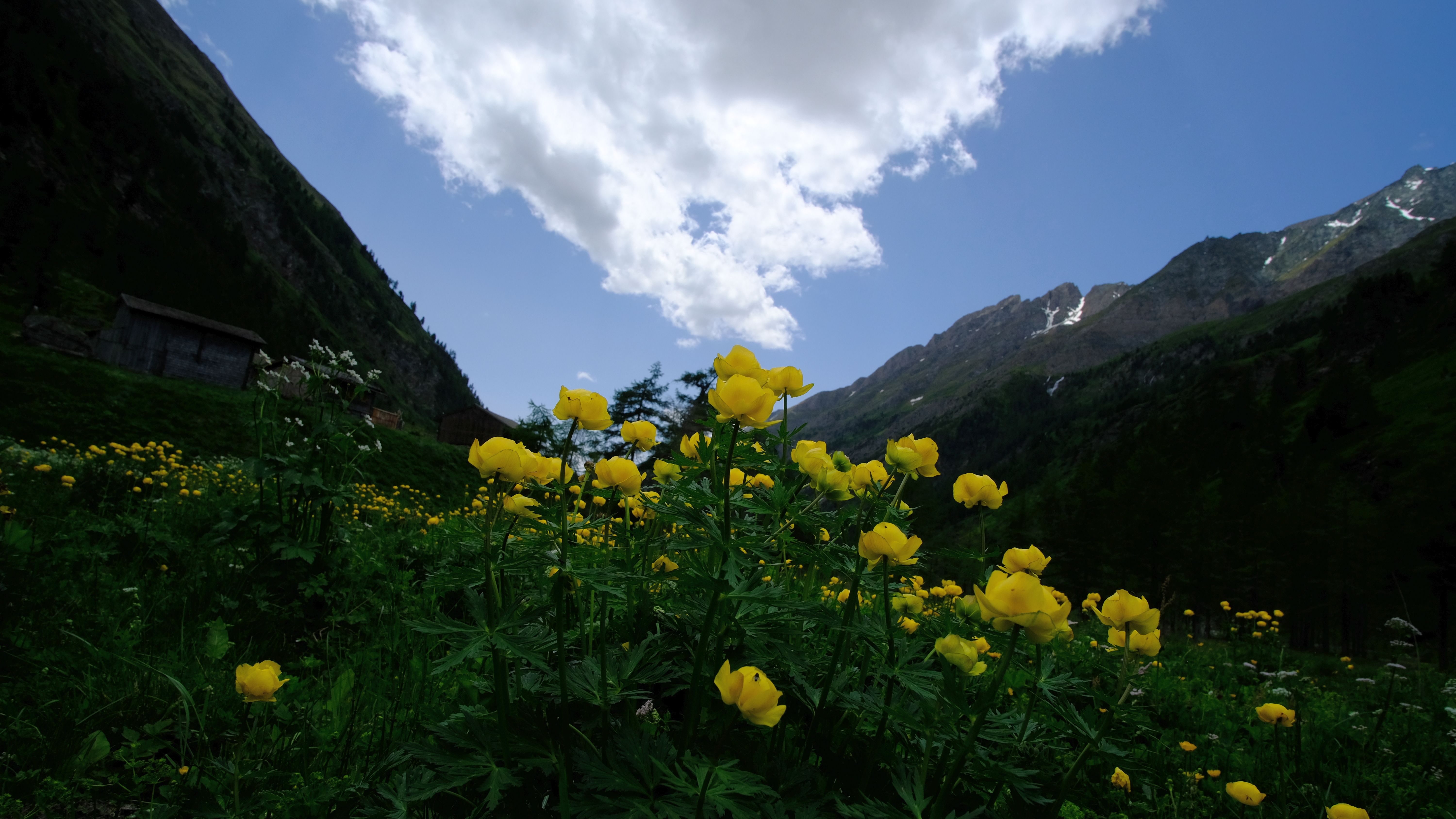
Bird vetch grows in meadows and at the edge of forests. The plant can sometimes grow up to 2 metres high.
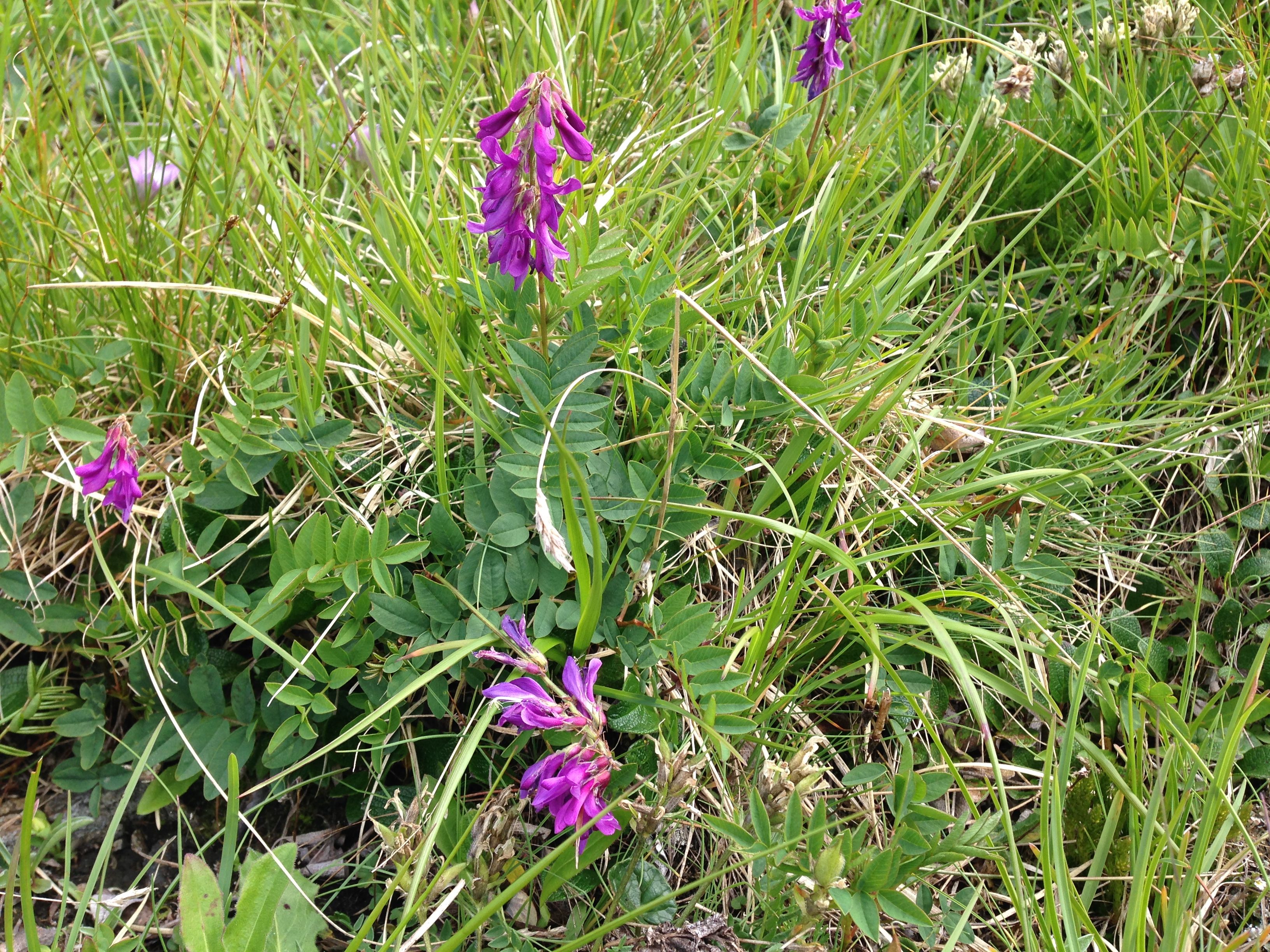
The wood cranesbill belongs to the cranesbill family and is a long-stemmed plant that can be found in alpine meadows up to an altitude of 2,500 metres.
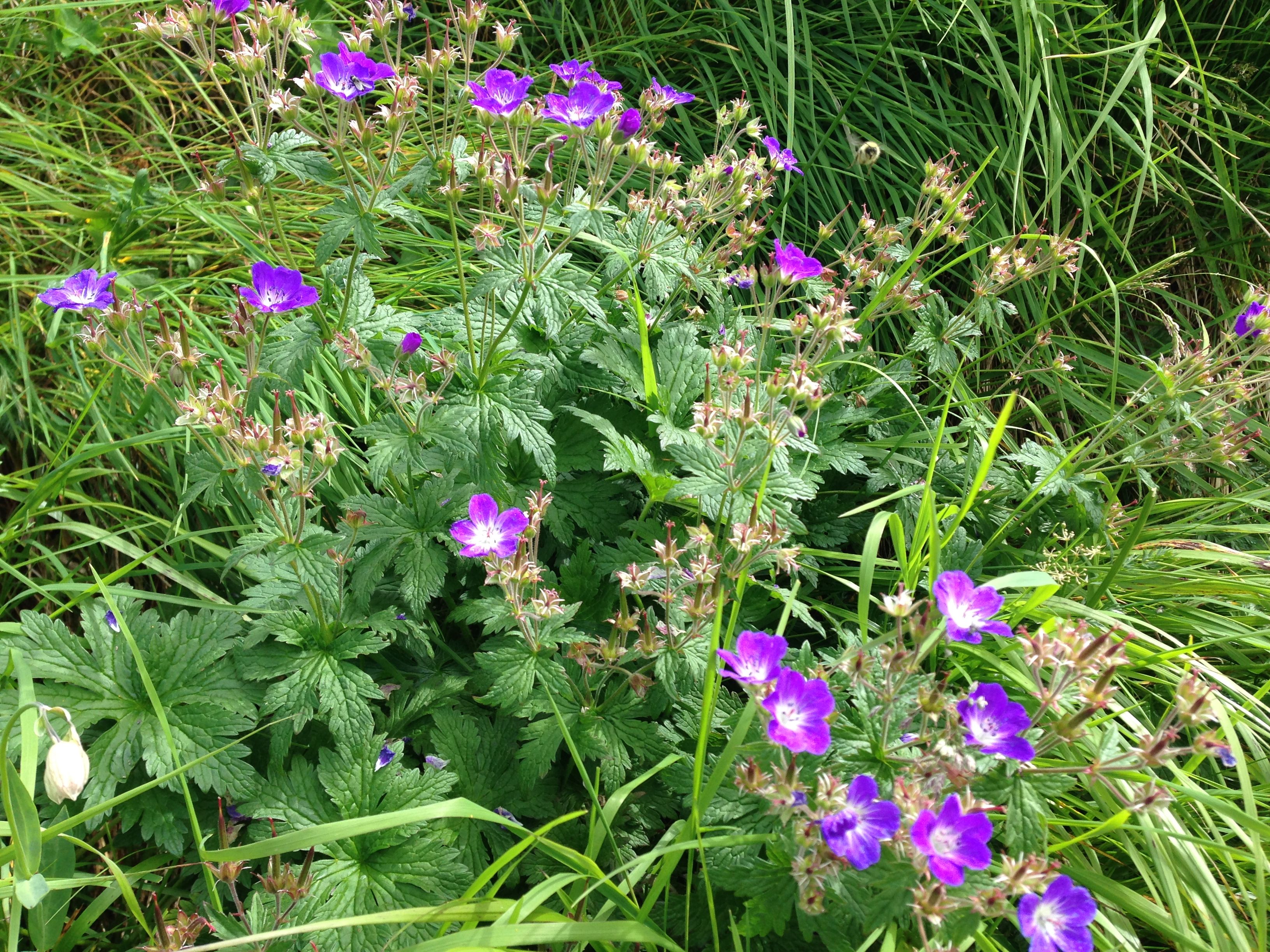
Belongs to the phylloxera family and is found in meagre meadows and pastures from July to October.
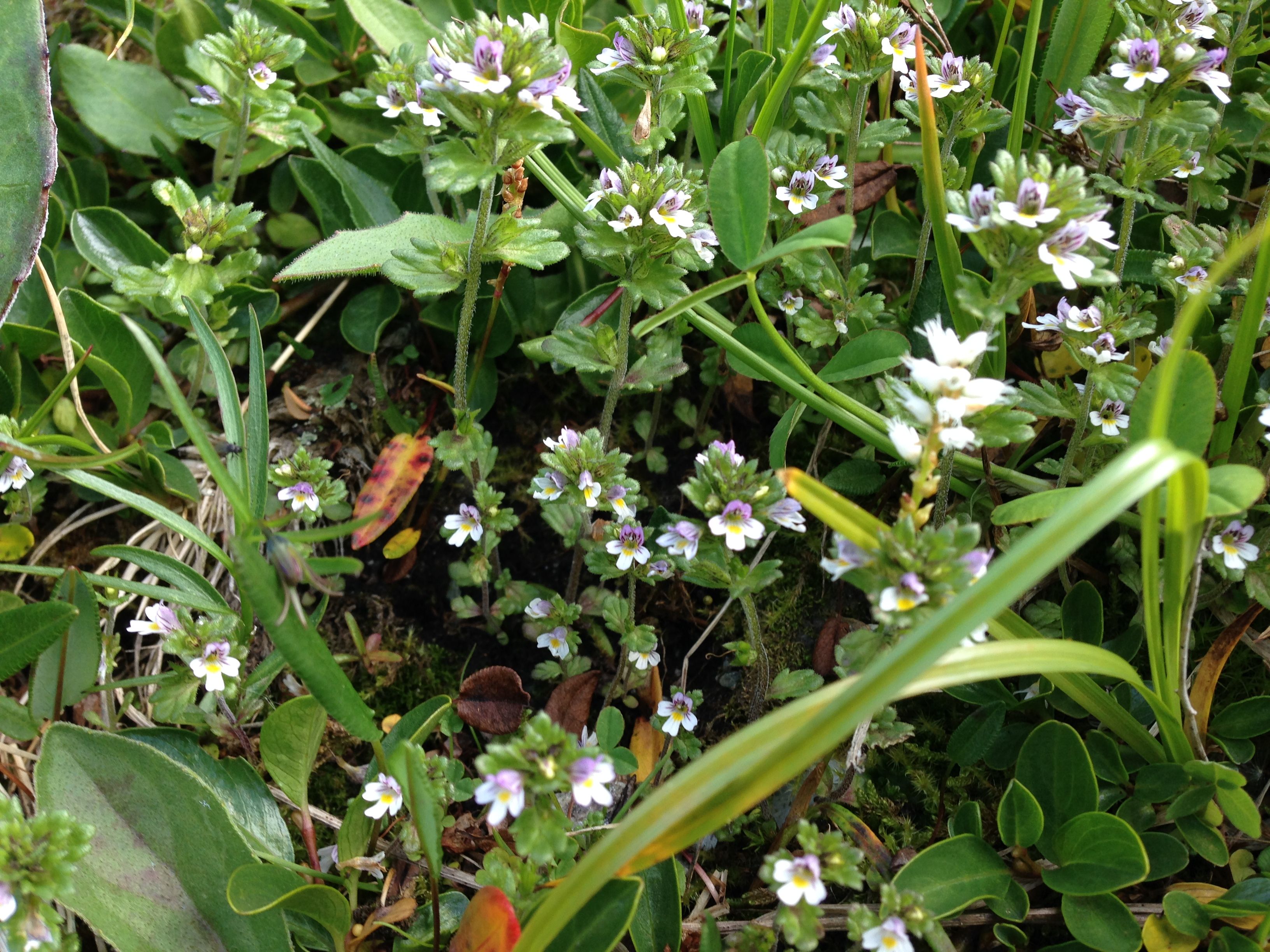
It also belongs to the composite family and prefers dry locations and rough pastures. Occurs up to 2,800 metres, very popular medicinal plant.
